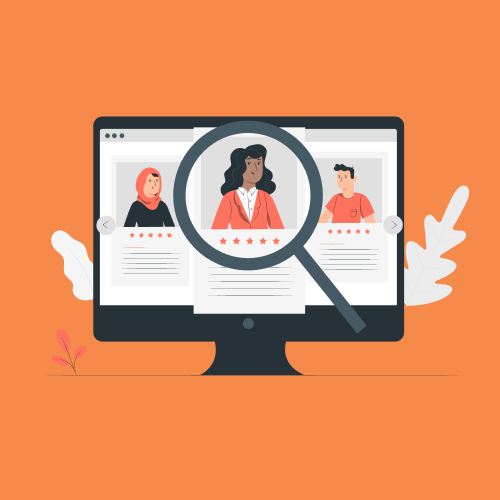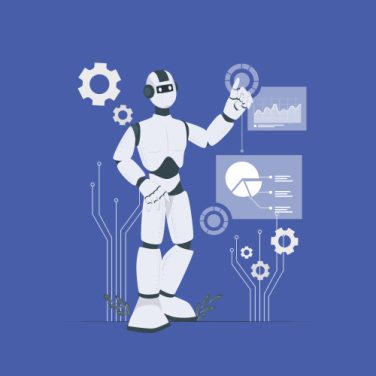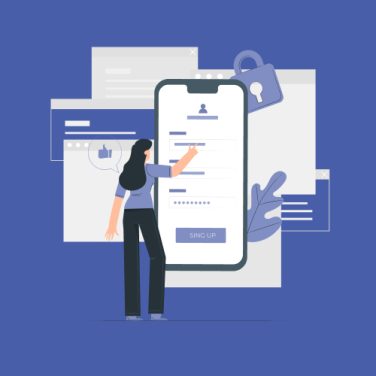Small and Medium Businesses (SMBs) face unique recruitment challenges, including limited HR resources, manual recruitment workflows, and stiff competition for top talent. AI recruitment software offers end-to-end automation, from candidate sourcing and screening to onboarding, introducing speed, efficiency, and cost savings.
By leveraging AI-driven resume parsing, chat-based candidate engagement, and automated interview scheduling, SMBs can reduce administrative overhead by up to 58% in time-to-hire metrics. AI tools also enhance the candidate experience, ensuring timely communication and personalised feedback that reflect positively on employer brand.
Overall, adopting AI recruitment software empowers SMBs to streamline hiring workflows, improve candidate quality, and maintain compliance—all critical factors in today’s competitive labour market.
Quick takeaways
- Key features to look for: seamless ATS integration, real-time analytics dashboards, automation of screening and scheduling, and compliance checks.
- Implementation checklist: assess current workflows, define KPIs, integrate with existing ATS/HRIS, run pilot, and train the team.
- Common pitfalls: poor data quality, neglecting change management, and over-reliance on AI without human oversight.
Understanding SMB recruitment challenges
SMBs often manage large application volumes with limited screening capacity, leading to bottlenecks and delayed hires. Manual scheduling and follow-ups can extend time-to-hire, risking loss of qualified candidates. Without systematic engagement and feedback loops, candidates may drop out of the process at critical stages.
Ensuring compliance with local labour laws and maintaining fairness in screening is challenging for small teams juggling multiple roles. Data privacy requirements further complicate processes when data is handled manually.
AI recruitment software addresses these pain points by automating routine tasks, providing real-time candidate engagement, and enforcing fair screening protocols, freeing HR staff to focus on strategic work.
How AI recruitment software differs from AI recruitment tools
AI recruitment software refers to comprehensive platforms offering end-to-end hiring automation—from job posting and resume parsing to interview scheduling and onboarding.
Standalone AI recruitment tools focus on specific tasks: sourcing, screening, or chat-based candidate engagement. Full-fledged platforms integrate multiple AI-driven modules, providing seamless ATS/HRIS connectivity and unified analytics dashboards.
Unlike point solutions, AI recruitment platforms support centralised data management, advanced workflows, and customisable automation rules. These integrations eliminate manual handoffs and data silos, unlocking data-driven hiring insights for improved decision-making.
SMBs benefit from unified platforms that scale with their growth and adapt to evolving recruitment needs.
Key features SMBs need in AI hiring tools
- Seamless ATS integration for centralised candidate data: Unify hiring workflows and avoid data duplication.
- Automated resume parsing and attribute-based candidate ranking: Surface top matches faster and reduce bias.
- Intelligent interview scheduling and follow-up automation: Provide self-service booking slots and automated reminders.
- Real-time analytics dashboards for recruitment metrics: Track time-to-hire, source effectiveness, and diversity KPIs.
- Compliance and fairness checks to reduce bias: Enforce screening criteria and audit logs.
- Mobile-friendly candidate experience and self-service portals: Improve engagement with on-the-go access.
These features streamline the hiring workflow, reduce time-to-fill, and enhance candidate experience through automated scheduling and feedback collection.
Pricing and ROI Analysis of AI Recruitment Platforms
AI recruitment platforms typically offer subscription tiers based on users or hires. Value drivers include time saved on manual screening and scheduling, reduced agency fees, and improved hire quality.
To calculate ROI, quantify hours saved per recruiter (e.g., 10 hours/week), multiply by hourly rates, and compare against subscription costs. Consider lift in offer acceptance rates and reduced turnover.
Many vendors provide free trials or freemium plans to minimise risk. SMBs should pilot a platform to validate ROI metrics before scaling enterprise wide.
Implementation checklist for AI recruitment software
- Assess current recruitment workflows and identify pain points.
- Define success metrics and key performance indicators (KPIs).
- Plan data integration with existing ATS/HRIS systems.
- Train HR team, assign tool champions, and establish ownership.
- Run pilot programmes with select roles and gather candidate/recruiter feedback.
- Refine workflows based on pilot insights and scale across departments.
Common pitfalls when adopting AI recruitment software
- Underestimating change management and user adoption challenges.
- Poor data quality leading to biased or inaccurate AI recommendations.
- Overlooking compliance requirements across jurisdictions.
- Ignoring candidate experience and necessary human touchpoints.
- Relying solely on AI without human oversight and review.
Integration and scalability considerations
Ensure seamless data flow between ATS, HRIS, and AI modules via APIs or pre-built connectors. Evaluate custom integration needs when off-the-shelf connectors are unavailable.
Plan for scalability: consider adding users, new regions, and languages over time. Choose platforms with modular AI components to future-proof your investment, enabling you to adopt advanced sourcing or analytics features as business requirements evolve.
Support and training options for AI recruitment platforms
Leading vendors offer:
- Onboarding services, dedicated implementation support, and account managers.
- In-app tutorials, knowledge bases, and community forums for self-service learning.
- Certification programs and advanced training workshops for power users.
- Service-Level Agreements (SLAs) with guaranteed response times for technical support.
Next steps: Choosing and implementing your AI recruitment solution
SMBs can begin by trialling top platforms to assess fit against defined KPIs. Use the implementation checklist to pilot with one team before scaling.
Consider adopting the MiHCM suite—including MiA for recruitment automation, MiHCM Data & AI for analytics-driven decisions, and SmartAssist for user-friendly HR workflows—to streamline sourcing, scheduling, and onboarding while ensuring compliance.
Contact vendor teams for personalised demos, discuss integration requirements, and secure training resources to maximise adoption.
With the right AI recruitment solution, SMBs can reduce time-to-hire, improve candidate quality, and gain a competitive edge in talent acquisition.



